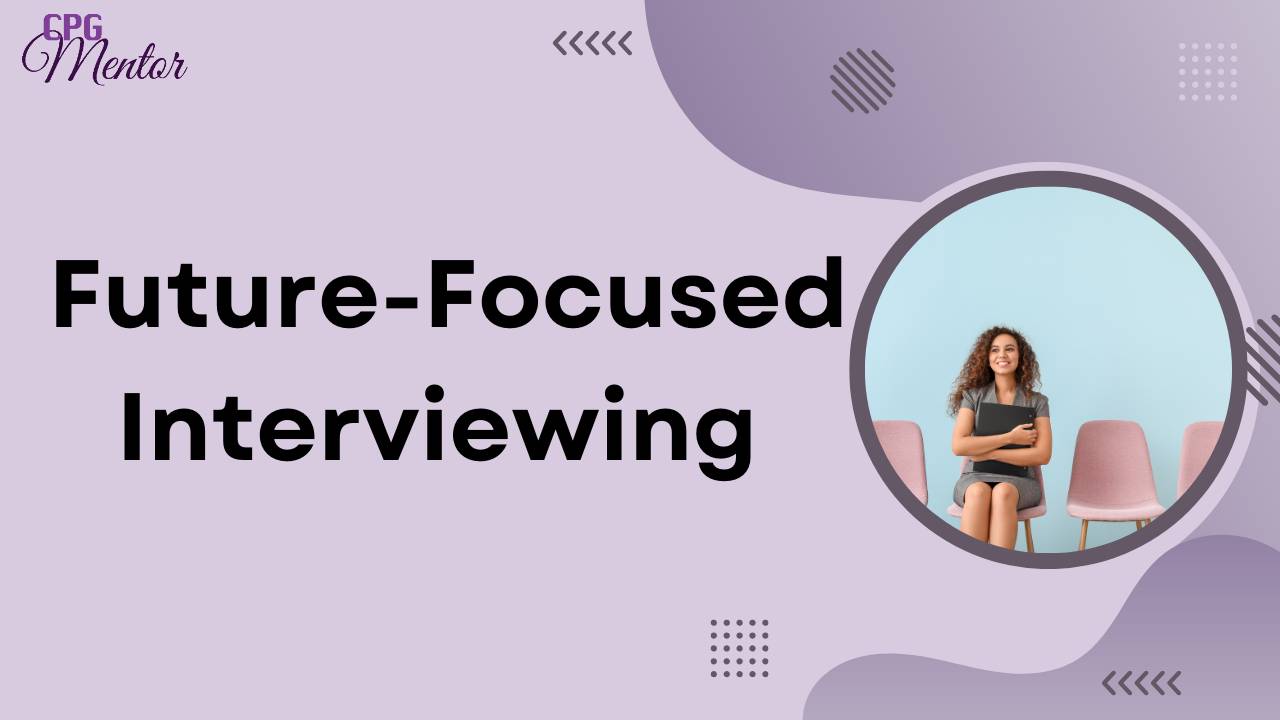Leveraging Weak Ties and Unlikely Opportunities: The Hidden Power of Your Network

Why Your Next CPG Role Might Come from Someone You Barely Remember
When she first reached out, one ...
From “Trying Hard” to “Leading the Process”: The Shift That Helps You Land the Right Role

Working Harder Isn’t the Same as Interviewing Smarter
A theme that’s come up again and again in coa...
How to Navigate a Job Search When You're "Too Experienced" for the Role

When You Hear "You're Overqualified" — What It Really Means
If you’ve ever been told, “You’re too c...
Why Companies Hire You– For the Future—Not the Past

Job seekers often spend too much time proving where they’ve been instead of showing where they can t...
What I Wish More Job Seekers Knew About Follow-Ups

The Follow-Up Mistake That’s Costing You Opportunities
Most job seekers send follow-ups like this:
...From Job Search Chaos to Clarity: How to Stay Focused and Get Results

She had 37 browser tabs open.
LinkedIn Jobs. Indeed. Company careers pages. Half-written cover lett...
